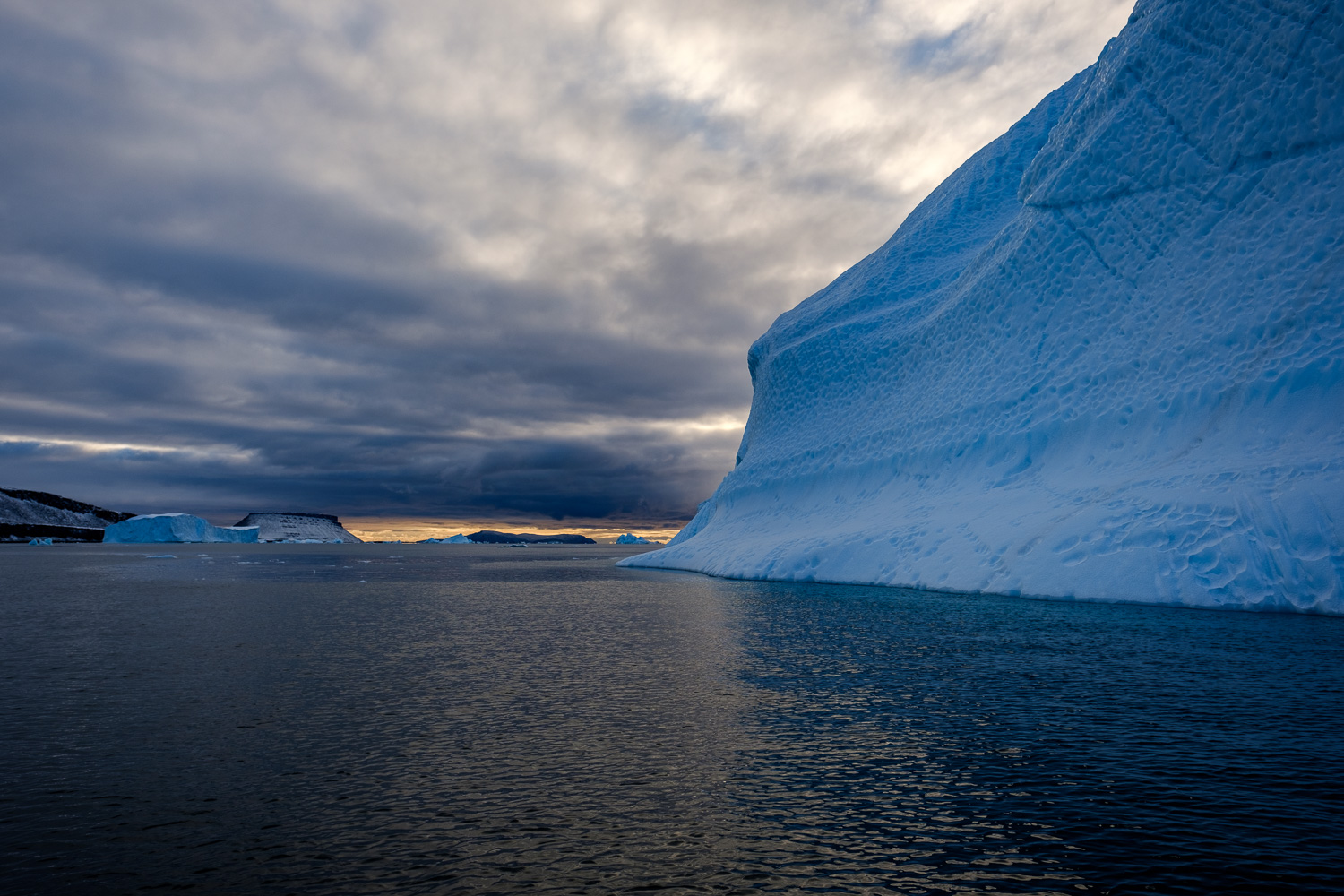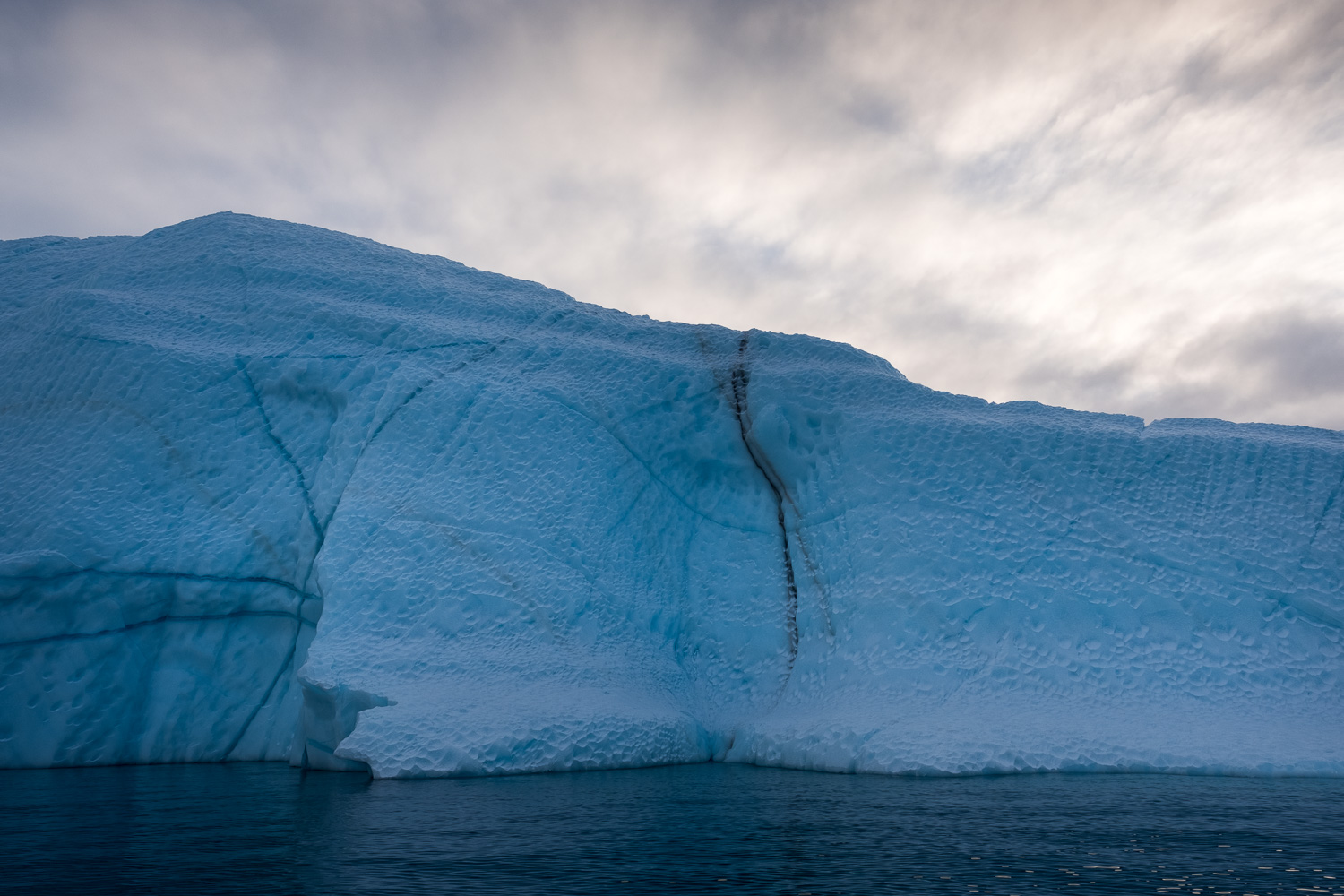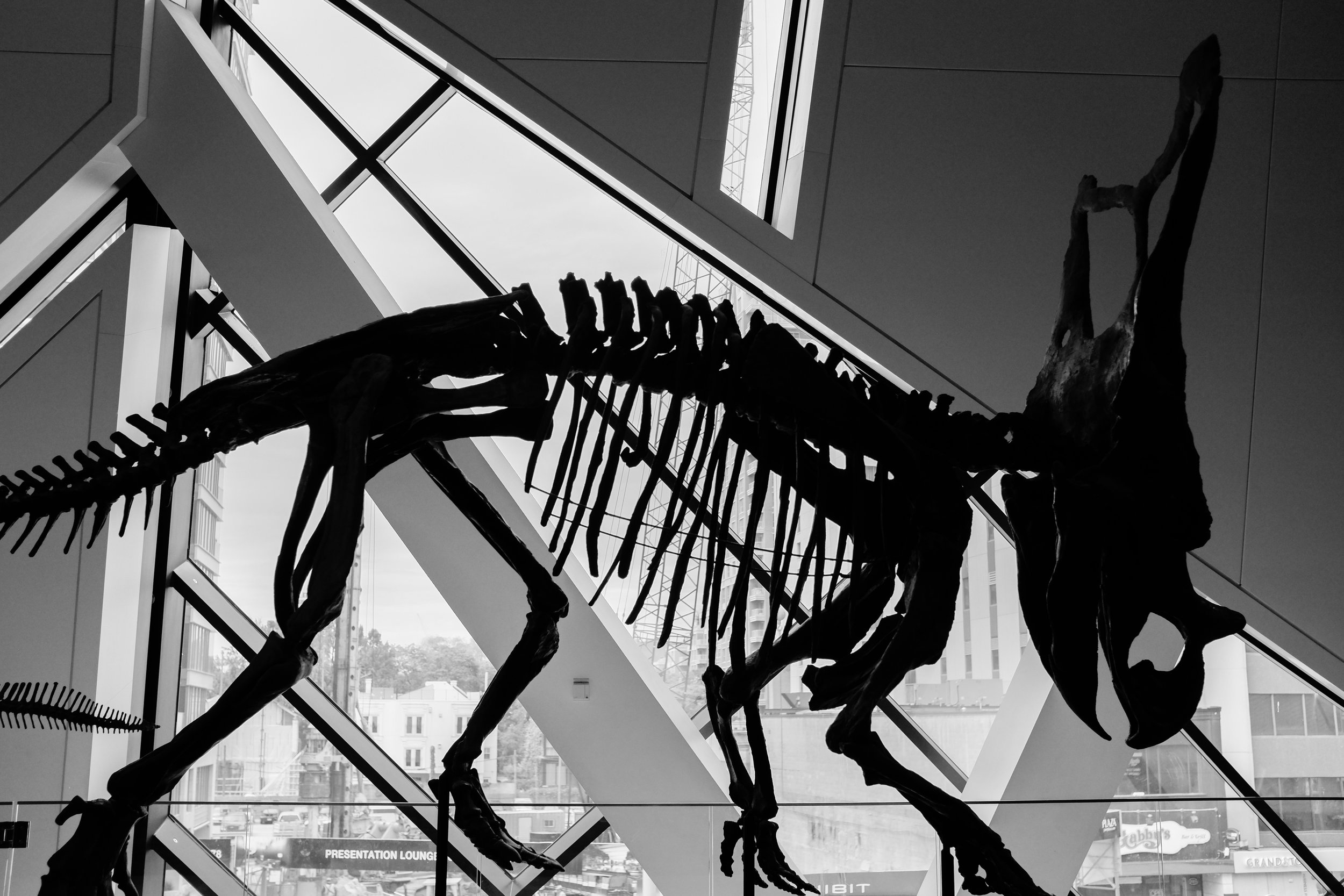An hour after sunrise, the first light reaches the valley and washes across Sparks Lane. Fujifilm X-Pro2, 50mm, 1/60 @ f11, ISO 200.
Cades Cove is located within the Great Smoky Mountains National Park. And if the Great Smoky Mountains National Park is the most visited national park in the United States, then Cades Cove is the most visited section of the most visited national park in the United States.
And for good reason. Located 27 miles from Gatlinburg or just nine miles from Townsend, Tenn., Cades Cove offers something for every photographer: wildlife, landscapes, waterfalls and historic structures.
So whether you plan to spend one day or five days exploring Cades Cove, these five tips will help to make the experience a joy rather than a frustration.
1. Patience. Cades Cove is circled by an 11-mile one-way paved road with a 20 mph posted speed limit, which means that even with no other cars it would take you 33 minutes to complete the loop. This will never happen. Give yourself plenty of time and trust me if you are a photographer, you must. Plan for at least two to four hours making the loop, especially considering you will want to make frequent stops to take in the scenery and wildlife.
Also note that late October, early November for the fall colors and spring for the wildflowers are the busiest times to visit, along with almost all weekends.
As the sun rises in Cades Cove, it falls first on the tops of the surrounding mountains. In this photograph, the sun lights the fall foliage on the side of the mountain in the background. Fujifilm X-Pro2, 50mm, 1/30 @ f11, ISO 200.
2. Arrive early. The loop road will not open to automobiles until sunrise and the queue begins at least an hour before that. I recommend you join them, bring coffee and breakfast and refer to tip number one. Use this time to go over your gear and make sure you are ready to start taking pictures the moment you arrive at your first location because the sun will be rising fast.
On Wednesday and Saturday mornings from early May until late September prior to 10 a.m., the park is only open to bicycles and foot traffic. This is a great option to consider if the thought of traffic is already causing you stress.
In this early morning photograph taken on Hyatt Lane, I was able to get a few shots without cars in the scene. What you don't see are the two cars and a van loaded with photographers behind me. Fujifilm X-Pro2, 16mm, 1/15 @ f10, ISO 200.
3. Take a shortcut. There are two roads that cut across the center of Cades Cove, Sparks Lane and Hyatt Lane. Both are two-way, so they offer the option to cut your visit short or return back to the loop road from the direction you came. They are also great places to photograph, especially during early morning or late afternoon. One thing that will surely test your patience, is getting to your first shooting location quickly after the ranger opens the gate. While you have some leeway because the sun will take a little bit to rise above the mountains, you still want to be in place early.
So while non-photographers will normally concentrate on traveling around the loop, I suggest making the first left onto Sparks Lane shortly after entering Cades Cove and setting up to capture the sunrise. You will most likely be among the first ones there, or at a minimum, joined by other photographers. Park in the small area to your left just after you cross the creek and then explore the lane on foot.
The Eligah Oliver Place is just one of over a dozen historic structures located either close to the road or a short hike away. Fujifilm X-Pro2, 50mm, 1/500 @ f8, ISO 200.
4. Take your time. Spend the whole day or spend half a day, but don't rush your visit. Give yourself time to explore and after you've taken that sunrise or first light photograph, visit the restored cabins, barns, or churches. Take a hike, leave the paved road, venture into the woods. Look for locations that you want to return to later that day or the next day. Just remember to pack a lunch, bring water, a bag chair, whatever will make your day more comfortable and ease the temptation to rush.
A bear cub photographed with a 50mm (75mm equivalent) and cropped. Park rules require you to keep a 50-yard distance from all wildlife. Fujifilm X-Pro2, 50mm, 1/500 @ f2, ISO 800.
5. Don't forget the wildlife. Cades Cove is full of creatures, big and small. White-tailed deer, bear, turkey, coyotes and other animals are numerous throughout the valley. And the nice thing is you don't need a super long telephoto lens to get great shots. Be respectful and maintain a 50-yard distance from all animals and of course pull off the road. One strategy I've used is to pick a location, park and wait for the wildlife to come to me. After only a few visits you will begin to get a sense of where wildlife will typically appear. Sometimes it might take an hour or longer, but every time I've done this, I've been rewarded.
There are probably many tips I could offer, but really it boils down to having patience and taking your time. Despite a large number of visitors, Cades Cove is an incredibly peaceful place and no visit to the Great Smoky Mountains National Park would be complete without spending time there. It is also a great place to meet other photographers and to find out what their favorite spots are to photograph. I've always found that most are very eager to share.





















